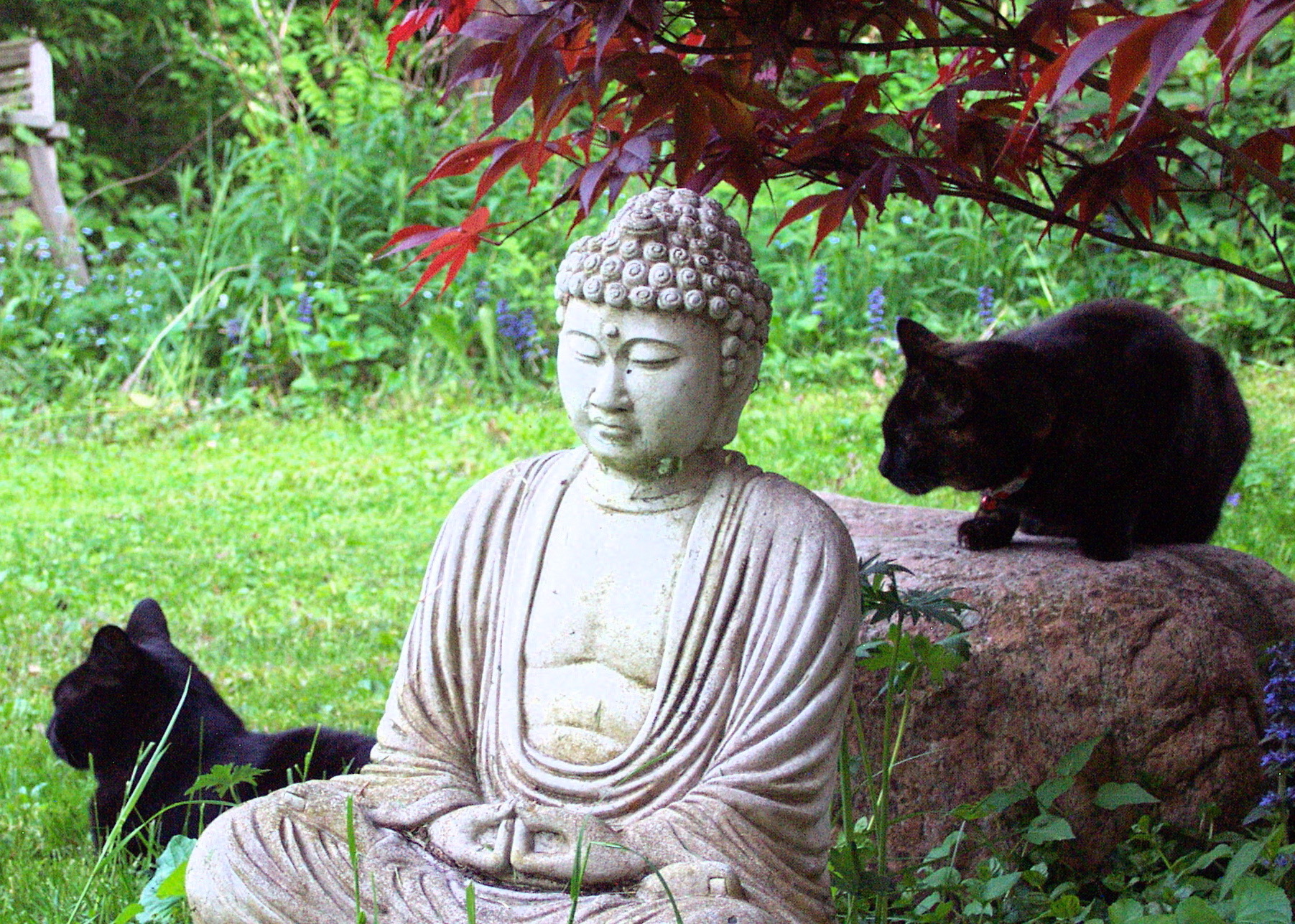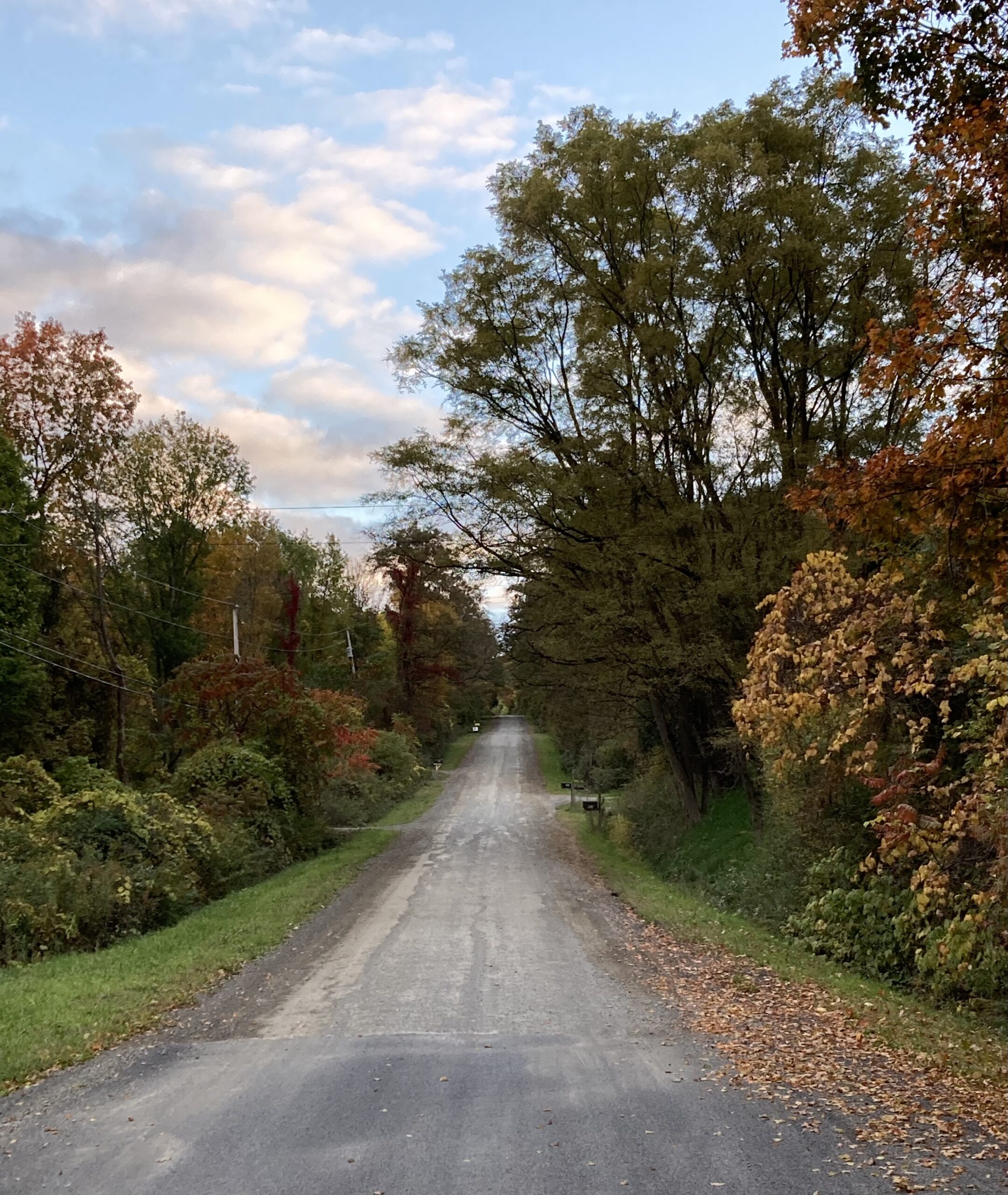I remember when I was a late teen or college student getting ready for a “date” or to go out with friends. I would listen to Bob Dylan, or some music that I could sing or shout along with that would bring me alive. Make me feel real. I wasn’t sure back then who I was, or if I was boring, or what I had to offer other people.
Another form of this question sometimes arises before meditating. I’ll feel something like reluctance, or fear of just being there, a fear of sitting quietly for a specified length of time. I’ll suddenly feel uncomfortable in myself, locked up by time. And I might notice a fear of letting go of distractions or that of things I’ve hidden away would come to the forefront. I might be afraid of what would happen if I stopped living life as a story written for myself.
This is why it’s so important to choose our own ways to silently rest in ourselves; why it’s so important to be as real with ourselves as we can in that moment. Maybe even kind and loving. When we’re unkind, it’s so hard to let ourselves perceive who we truly are or what’s truly there.
A few years ago, a study apparently showed that many people have great difficulty just sitting still. Many of us can’t sit for even 15 minutes without turning to our phone, or music; or for something else to distract us and occupy our mind⎼ or something to shock our attention. Besides asking people to just sit, alone, the study added a little twist. It allowed those who felt bored or incapable of sitting without a distraction to deliver a physical shock to themselves. The result: 70% of men and 20% of the women chose the physical pain. Some did it repeatedly.
The study (or studies) concluded: “In 11 studies, we found that participants typically did not enjoy spending 6 to 15 minutes in a room by themselves with nothing to do but think, that they enjoyed doing mundane external activities much more, and that many preferred to administer electric shocks to themselves instead of being left alone with their thoughts. Most people seem to prefer to be doing something rather than nothing, even if that something is negative.”
The researchers could not determine if the women who didn’t shock themselves were better at sitting still, better at resisting the shock treatment, or maybe better at being alone with their thoughts. And the situation has just gotten worse with FOMO and the increased use of social media.
Maybe we’re looking at this from a confusing angle. When we’re on a line waiting for popcorn, or to buy movie tickets; or we’re on a flight to a distant destination, the length of time can feel oppressive. When this happens, it’s our thoughts about the future making the present feel inadequate or burdensome. Or when we meditate and think about the half hour we’ve set aside, we can become focused on time as an abstraction. There’s nothing to hold onto but a mental creation, something separate from ourselves, and we lose our sense of breathing in and out. We lose our sense of now….
*To read the whole article, please go to The Good Men Project.


